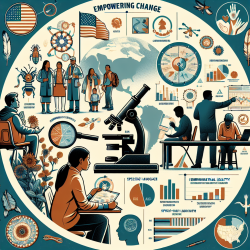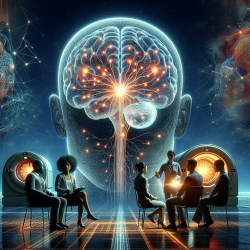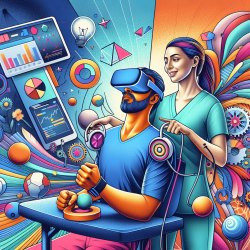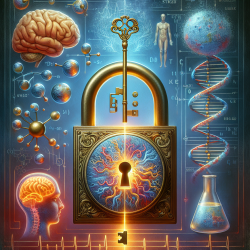Introduction
In the realm of speech-language pathology, particularly when working with children, leveraging data-driven insights from cutting-edge research can be transformative. The recent narrative review titled Assessing Consciousness through Neurofeedback and Neuromodulation: Possibilities and Challenges provides a comprehensive overview of neurofeedback techniques that can significantly enhance therapeutic outcomes, especially for patients with disorders of consciousness (DoC).
Understanding Neurofeedback and Neuromodulation
Neurofeedback, a non-invasive therapeutic approach, utilizes real-time monitoring of brain activity to allow individuals to gain control over their brainwaves. Techniques such as electroencephalography (EEG), brain-computer interface (BCI), transcranial direct current stimulation (tDCS), and transcranial magnetic stimulation (TMS) are pivotal in developing these methods. These tools have shown promise in treating various neurological conditions, though their application in DoC presents unique challenges.
Implementing Research Insights in Practice
For practitioners, understanding the potential and limitations of these techniques is crucial. EEG neurofeedback, for example, offers a non-invasive method to monitor brain activity, providing insights into neural recovery processes. This can assist in customizing therapeutic interventions for patients recovering from neurological injuries.
- EEG Neurofeedback: This technique can reinforce neural circuits important for cognitive and motor functions, promoting plasticity and functional reorganization in the brain.
- BCI: By translating brain activity into motor actions, BCIs offer a means of communication and control for patients unable to move or speak, facilitating responses to queries and control of devices.
- TMS: This technique allows for non-invasive modulation of brain activity, facilitating neuroplasticity and potentially aiding in recovery.
- tDCS: Offering a simple approach for localized brain stimulation, tDCS can enhance cortical excitability and improve memory in healthy individuals.
Challenges and Future Directions
Despite the promise these techniques hold, challenges remain. The variability in brain activity among DoC patients can complicate signal analysis, necessitating advanced methods like machine learning for improved interpretation. Moreover, ethical concerns regarding patient autonomy and representation need addressing.
Practitioners are encouraged to delve deeper into these techniques, as further research could lead to more personalized and effective treatment strategies. Combining neurofeedback with other therapies, such as traditional rehabilitation or pharmacological treatments, may enhance outcomes for patients with severe brain injuries.
Conclusion
By integrating insights from this research, practitioners can refine their approaches, ultimately improving therapeutic outcomes for children and adults alike. The heterogeneity of DoC conditions calls for personalized therapeutic approaches, leveraging the strengths of each neurofeedback tool.
To read the original research paper, please follow this link: Assessing Consciousness through Neurofeedback and Neuromodulation: Possibilities and Challenges.










